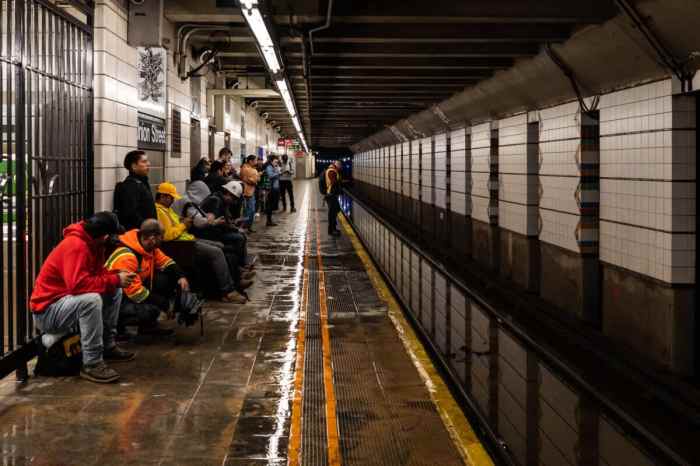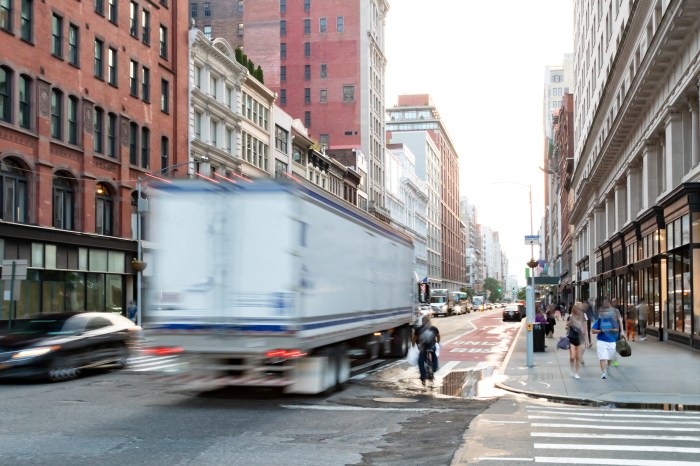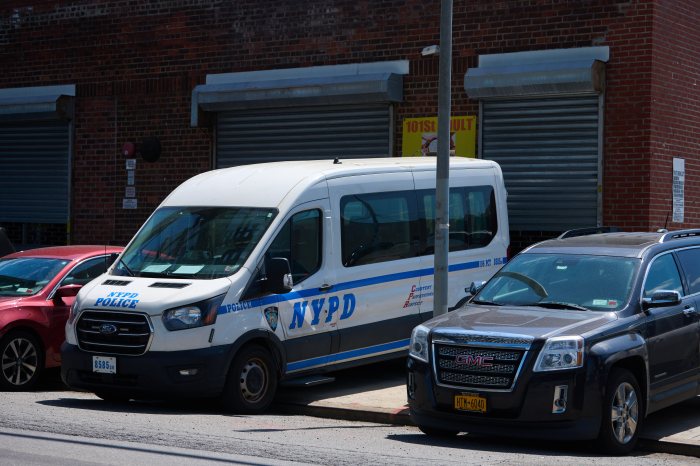
Billions of dollars invested in city bridges over the past decade improved conditions on the structures, but more money is needed to keep them in their current state, according to a report released Wednesday.
From 2000 to 2012, $4.7 billion in capital spending was pumped into the 209 city-managed bridges studied in the city’s Independent Budget Office report, which adjusted for inflation. Almost two-thirds of that money went to the city’s 10 biggest bridges that span the East and Harlem rivers.
Since 2003, most bridges were in “fair high” condition and none were in poor condition — a turnaround from 1996, when 48 bridges were deemed poor. One bridge still in poor condition today — the Brooklyn Bridge — is in the midst of a rehabilitation project.
“It’s clear the city can’t rest on its laurels,” said Alan Treffeisen, the IBO report’s author. “It’s going to have to continue to make substantial investments.”
Most of the improvement came between 2000 and 2004, when bridges in poor to fair condition dropped from 68% to 57%, while bridges in good or very good condition rose from 32% to 43%, according to the report. Since 2003, the state of bridges largely remained the same, according to Treffeisen.
“We found certainly clear evidence that in the early part of the decade, spending was concentrated on the bridges that were in fair and poor condition,” Treffeisen said. “By the end of the decade, then, there was a shift back to bridges in what we call fair/low condition.”
But getting these bridges up to a “good” rating will generally require a higher investment than getting them into a “fair” state of repair, the report notes. The de Blasio administration’s capital commitment plan for bridges is nearly $2.6 billion between 2014 and 2017.
“This report makes a compelling case for investment in New York City’s vital infrastructure,” Department of Transportation Commissioner Polly Trottenberg said in a statement. “It also calls on us all to innovate and deliver projects more efficiently, providing the best value for taxpayer dollars, and we accept the challenge.”
Breakdown of capital funding for each of the 10 largest New York City bridges between 2000 and 2012:
Note: The money is in 2012 dollars and the IBO merges related structures that DOT data keeps separate.
Queensboro $364M
Manhattan $600M
Williamsburg $596M
Brooklyn $298M
Macombs Dam $45M
Willis Avenue $711M
Washington $18M
Third Avenue $198M
Madison Avenue $20M
Broadway $23M

















